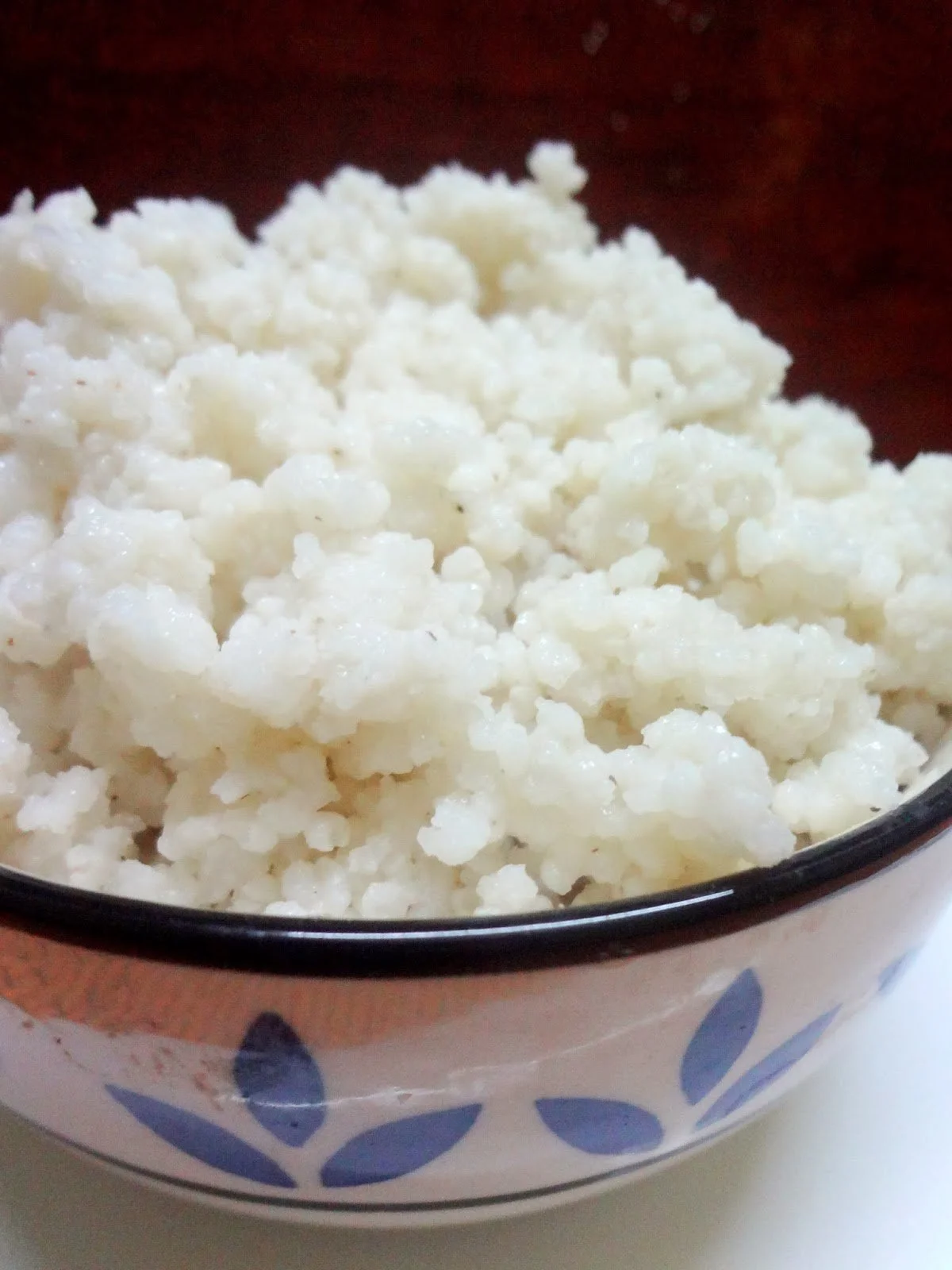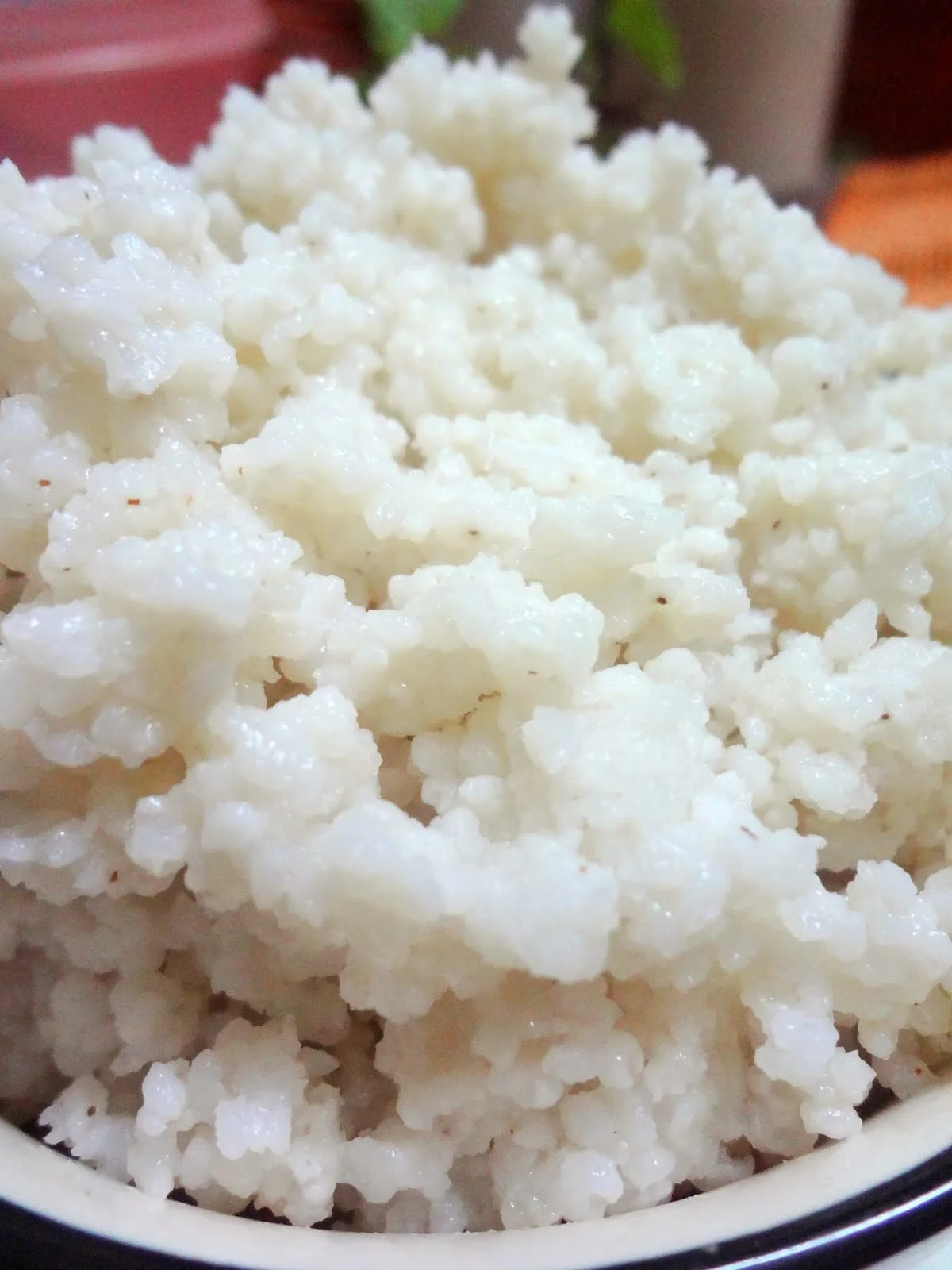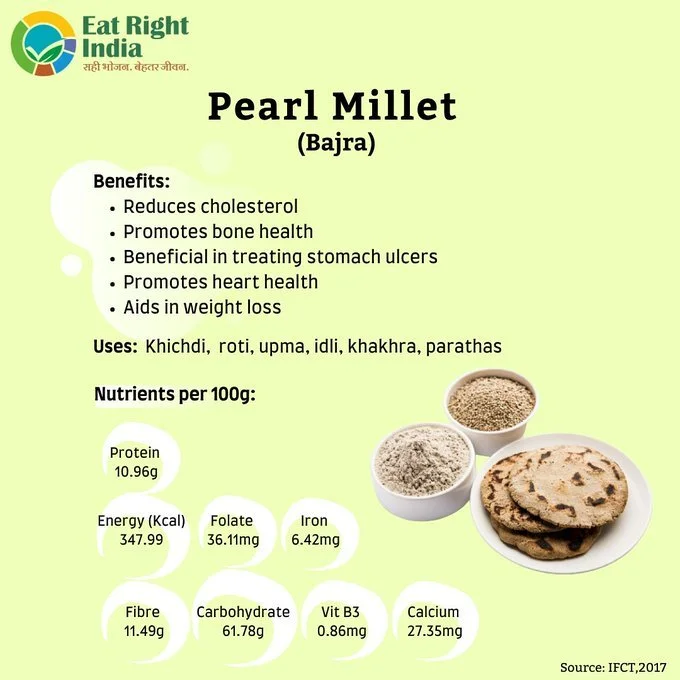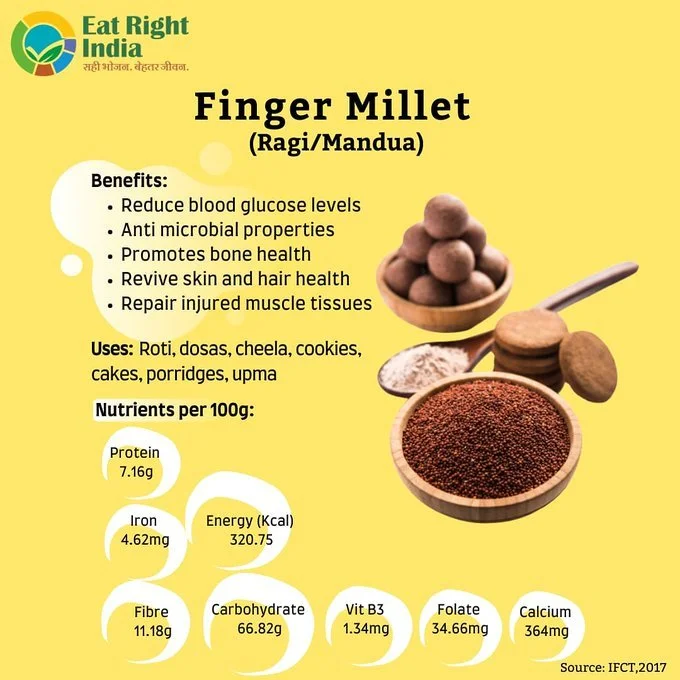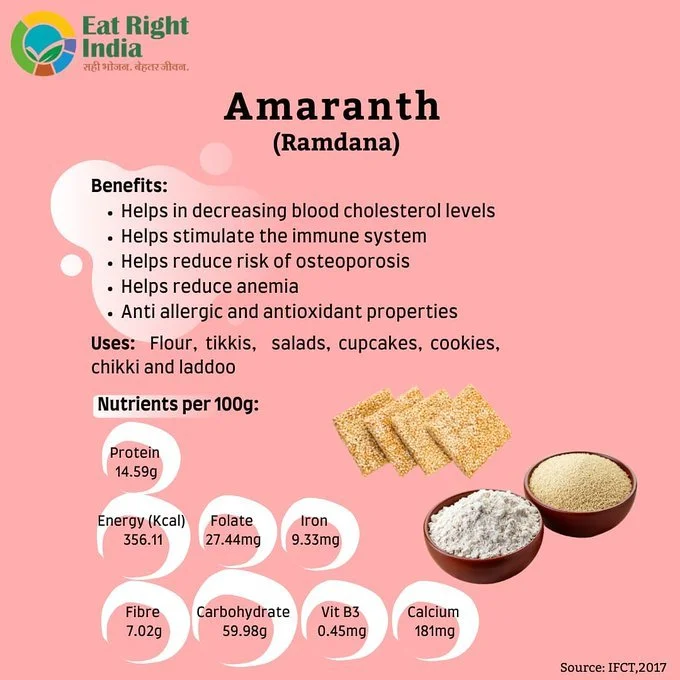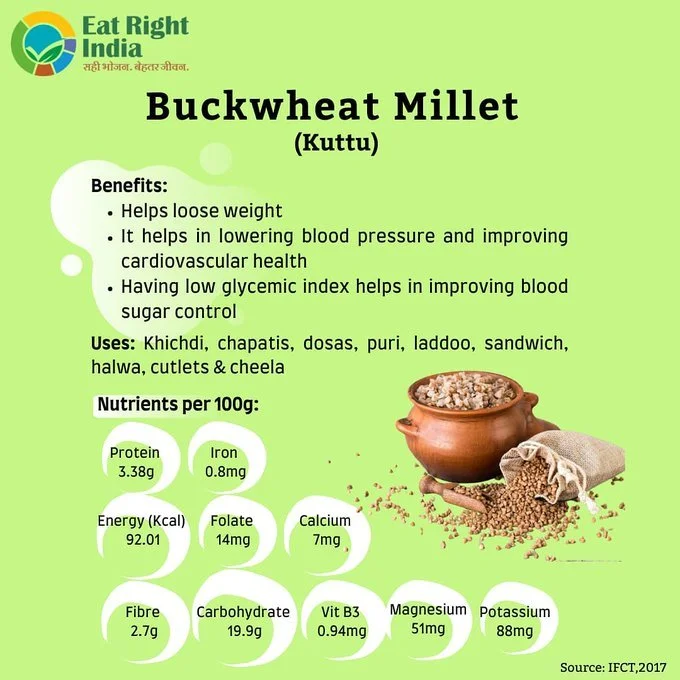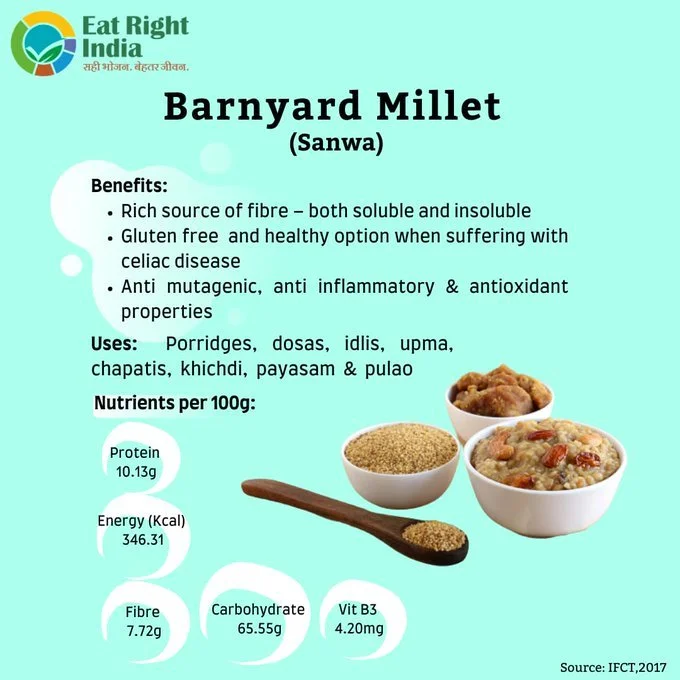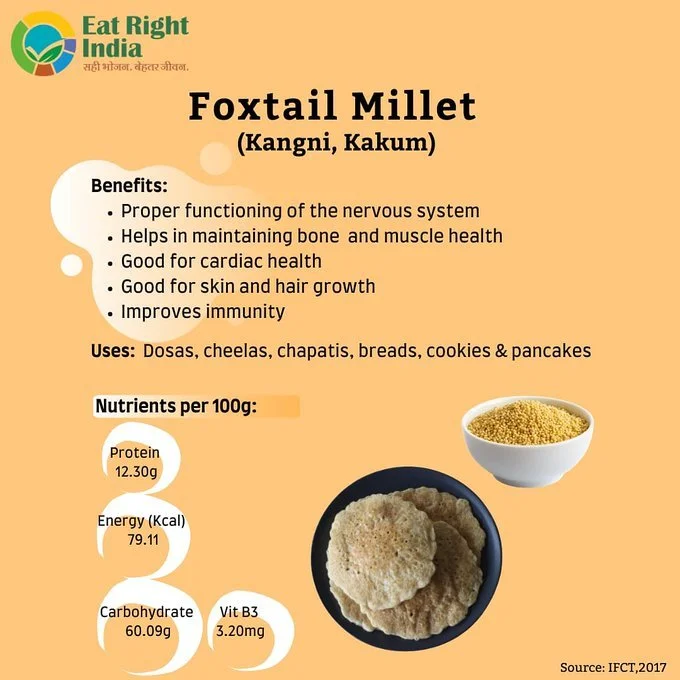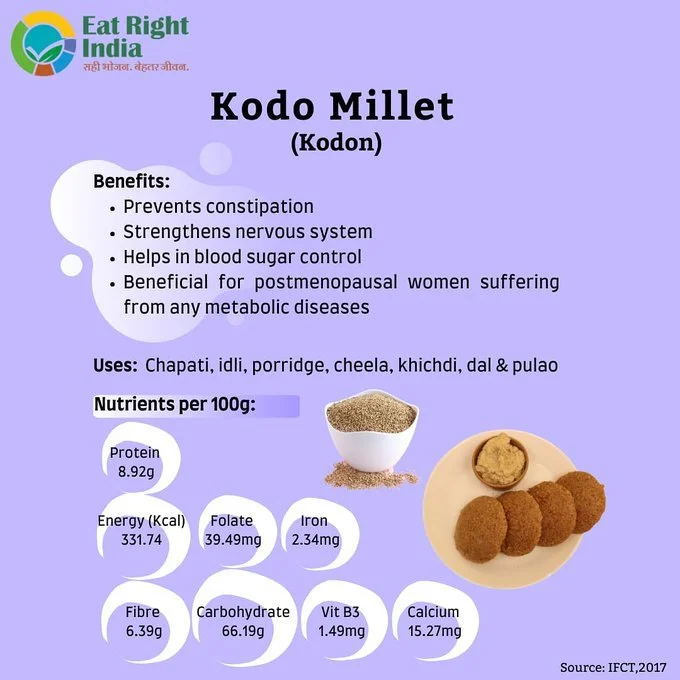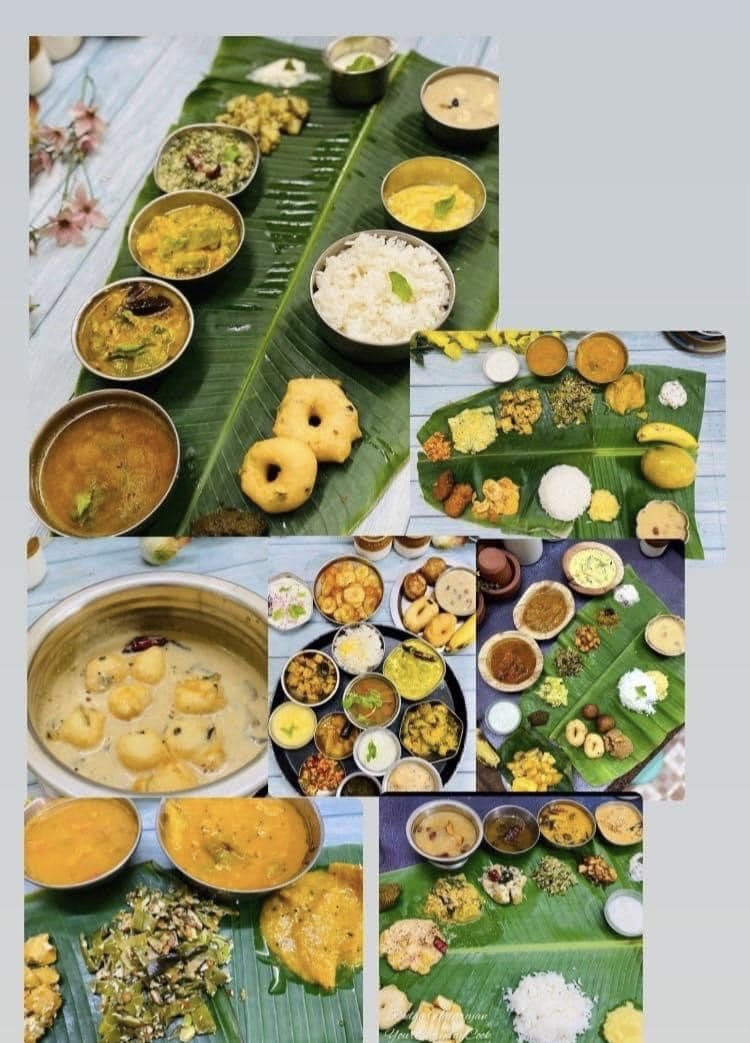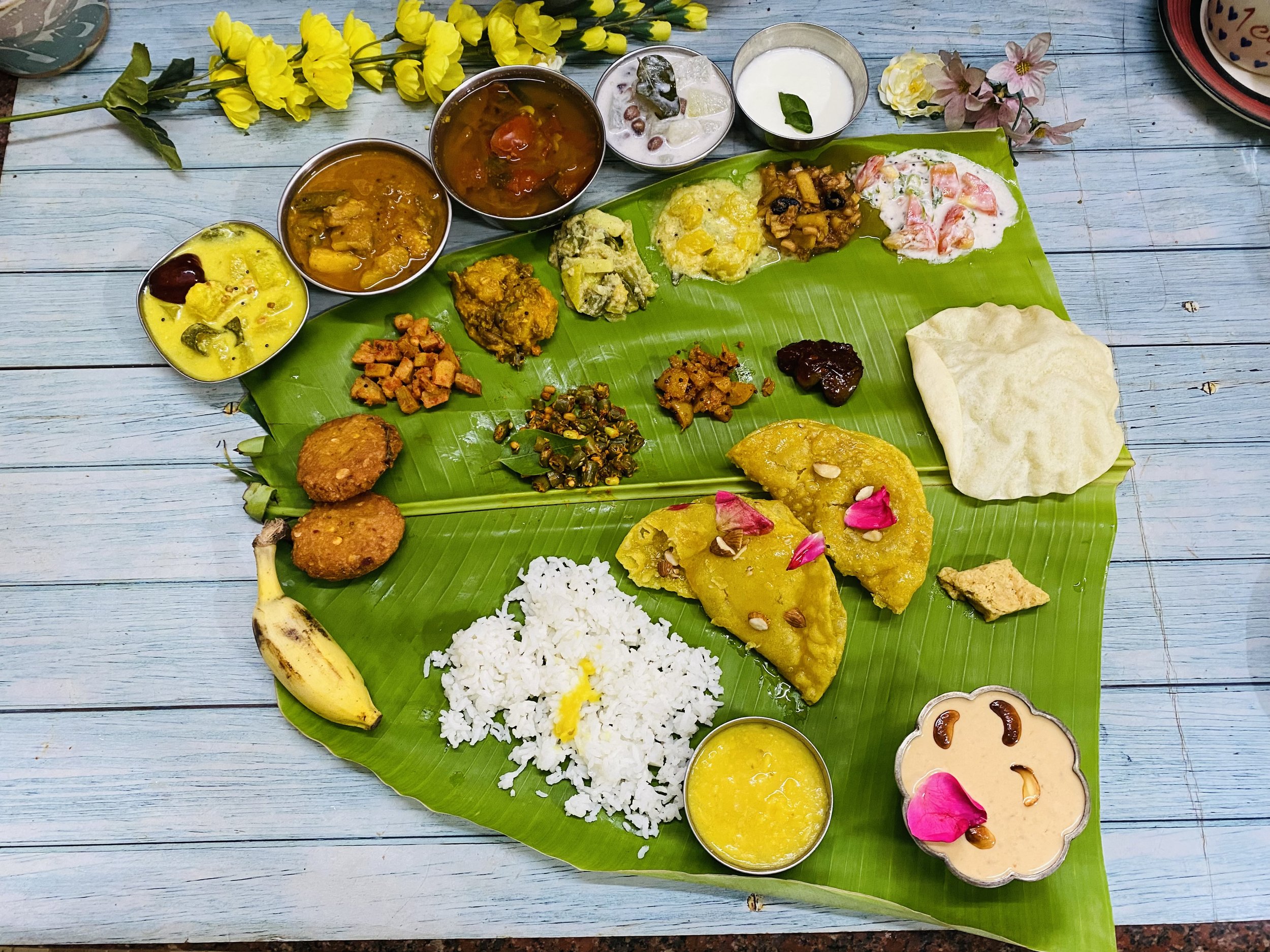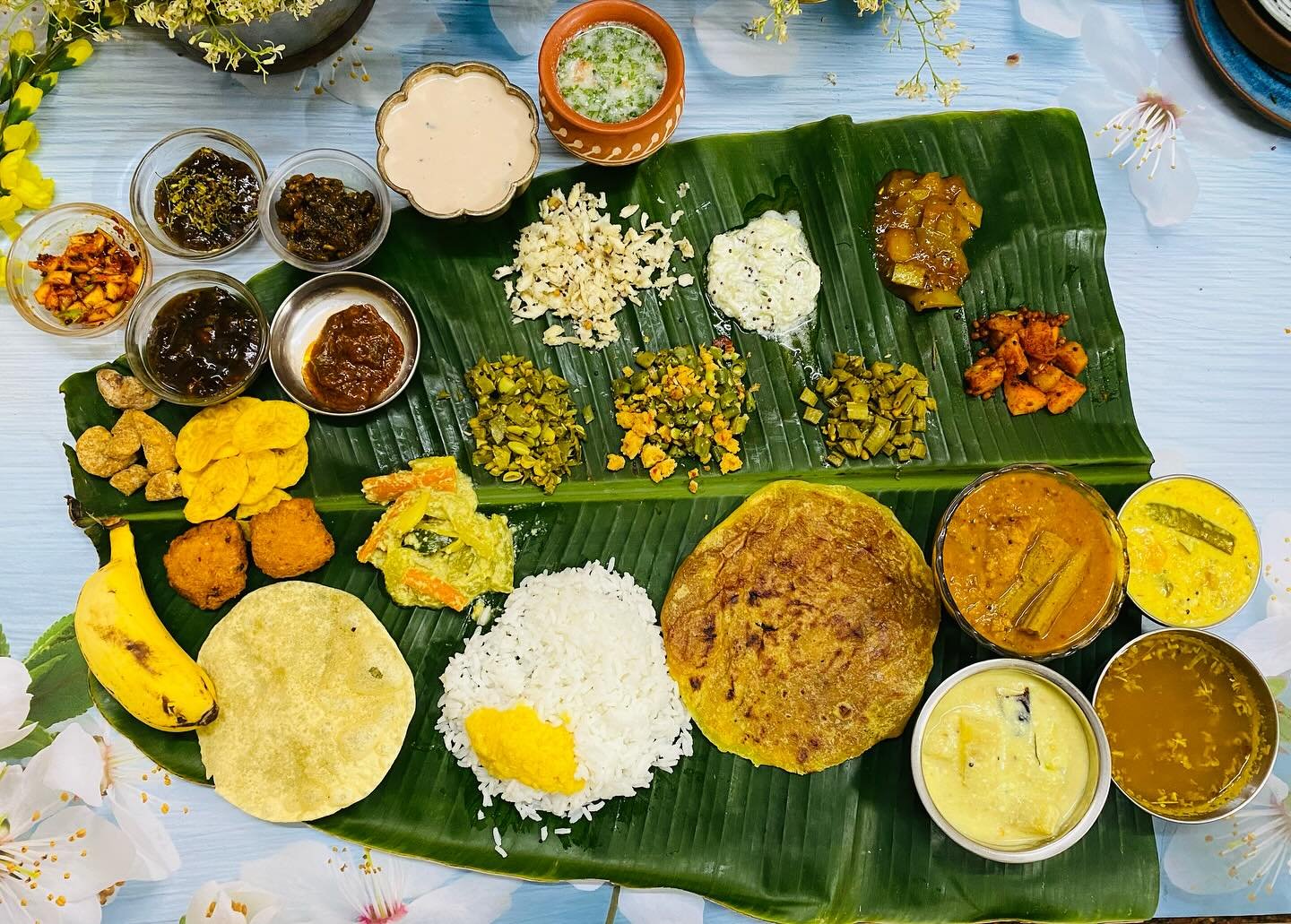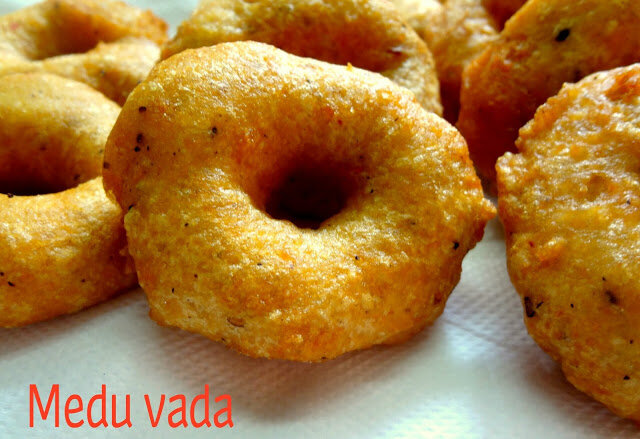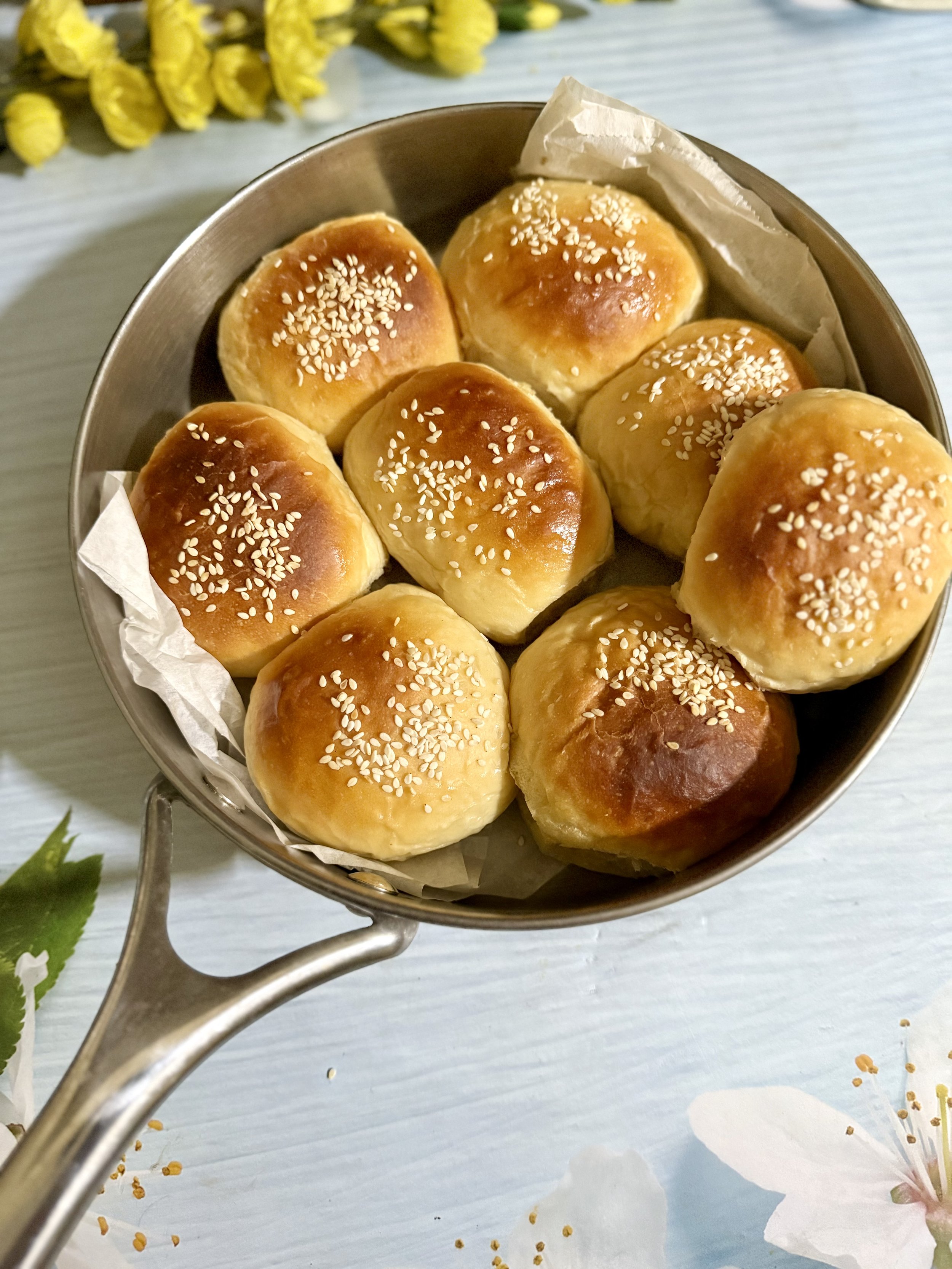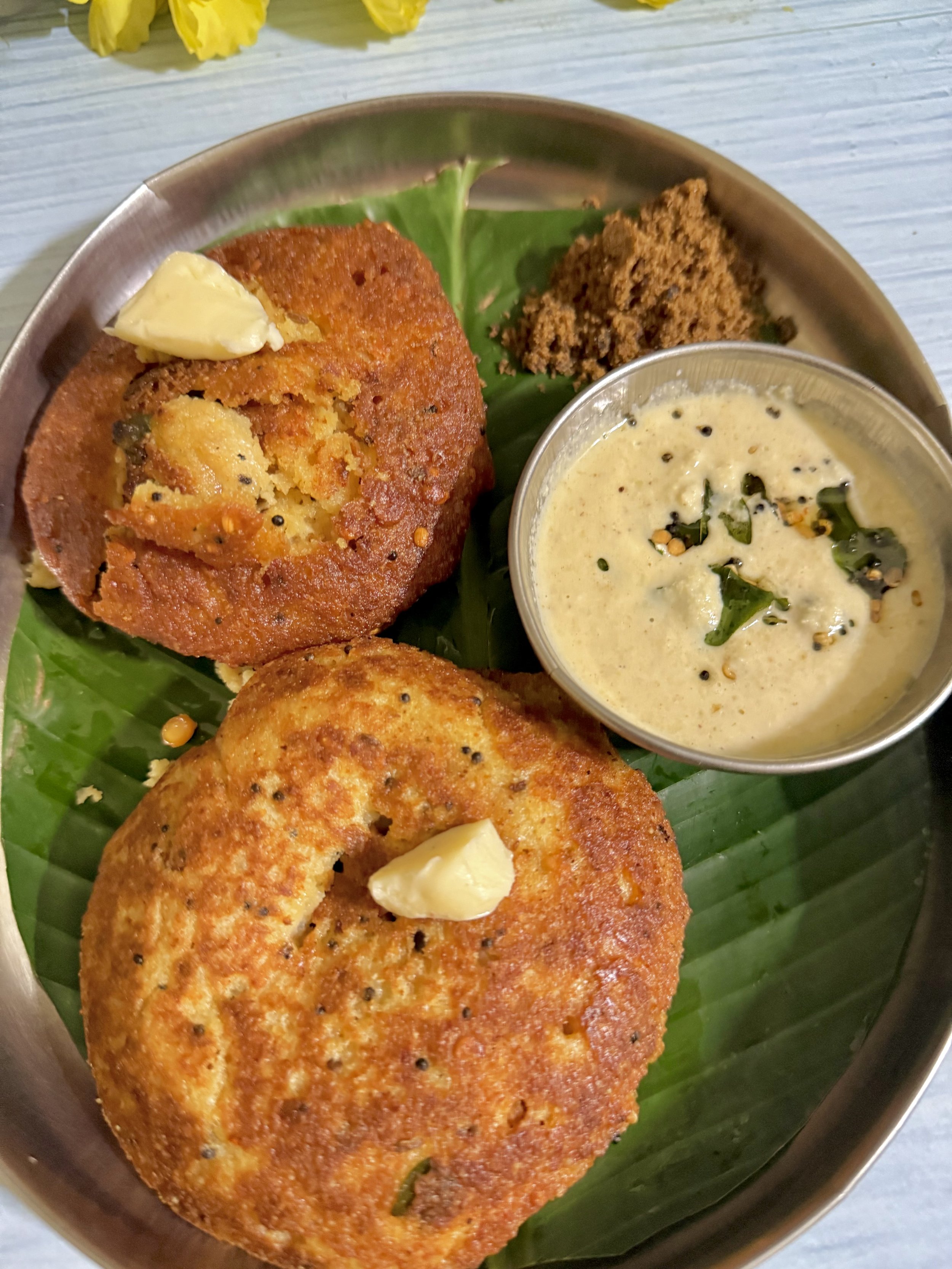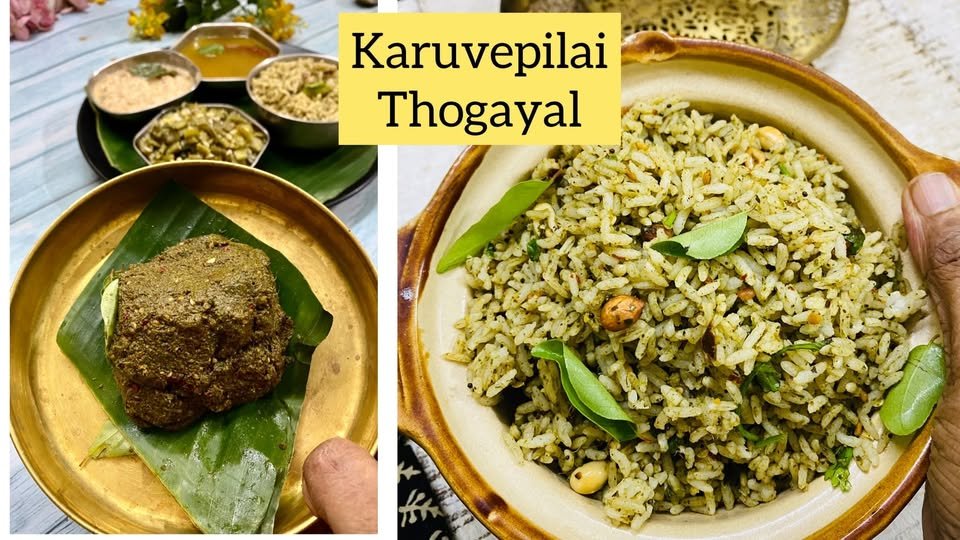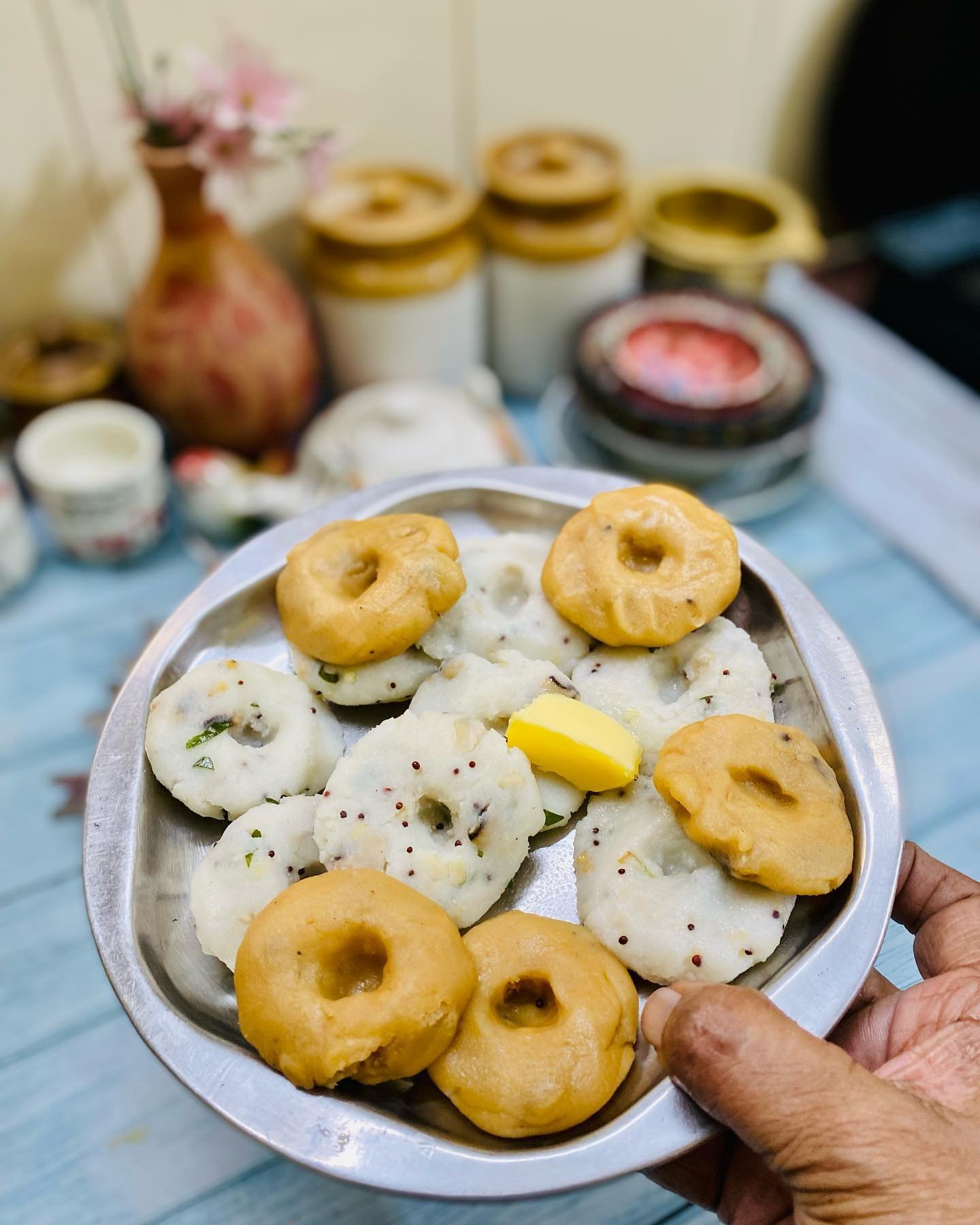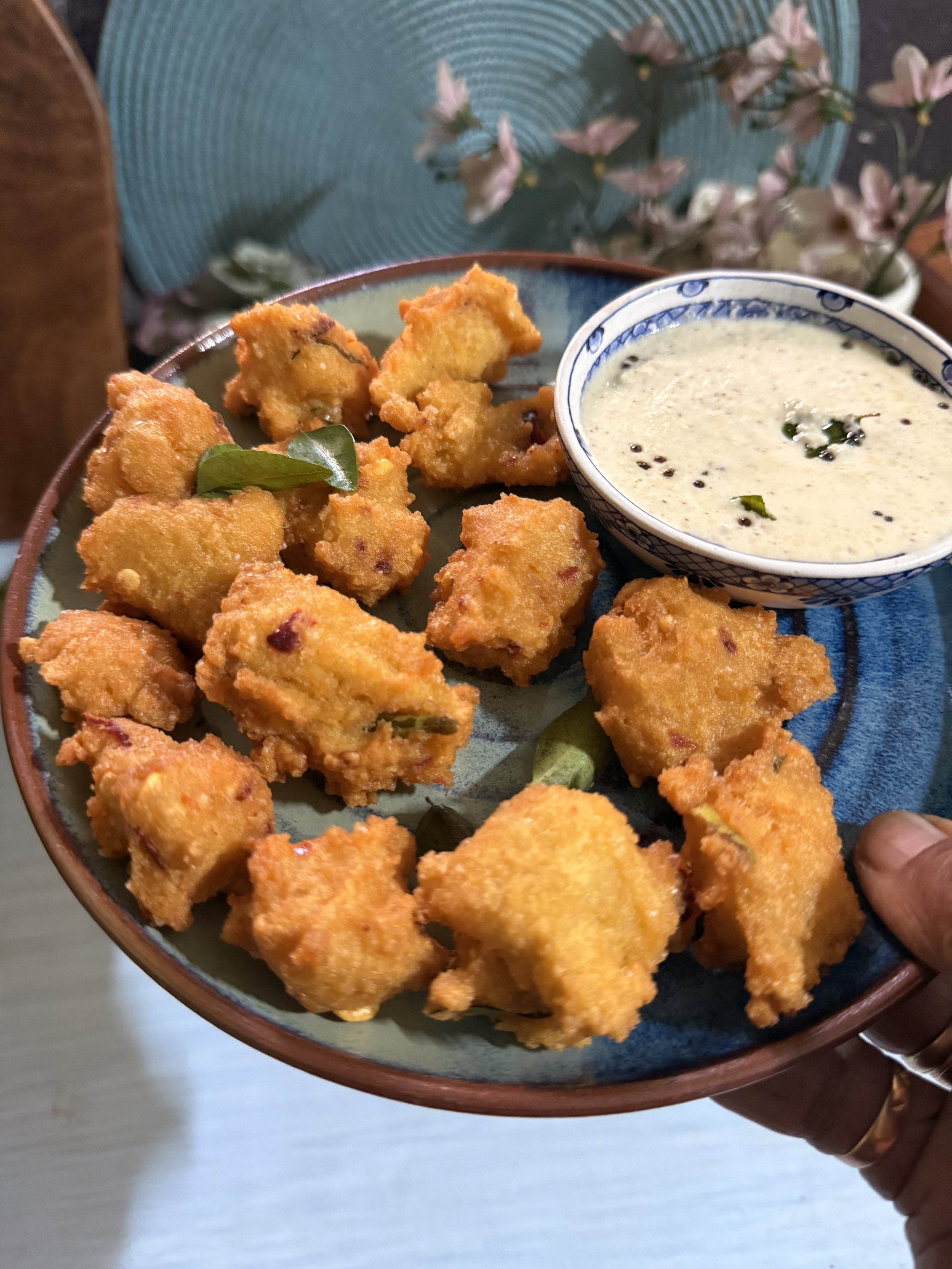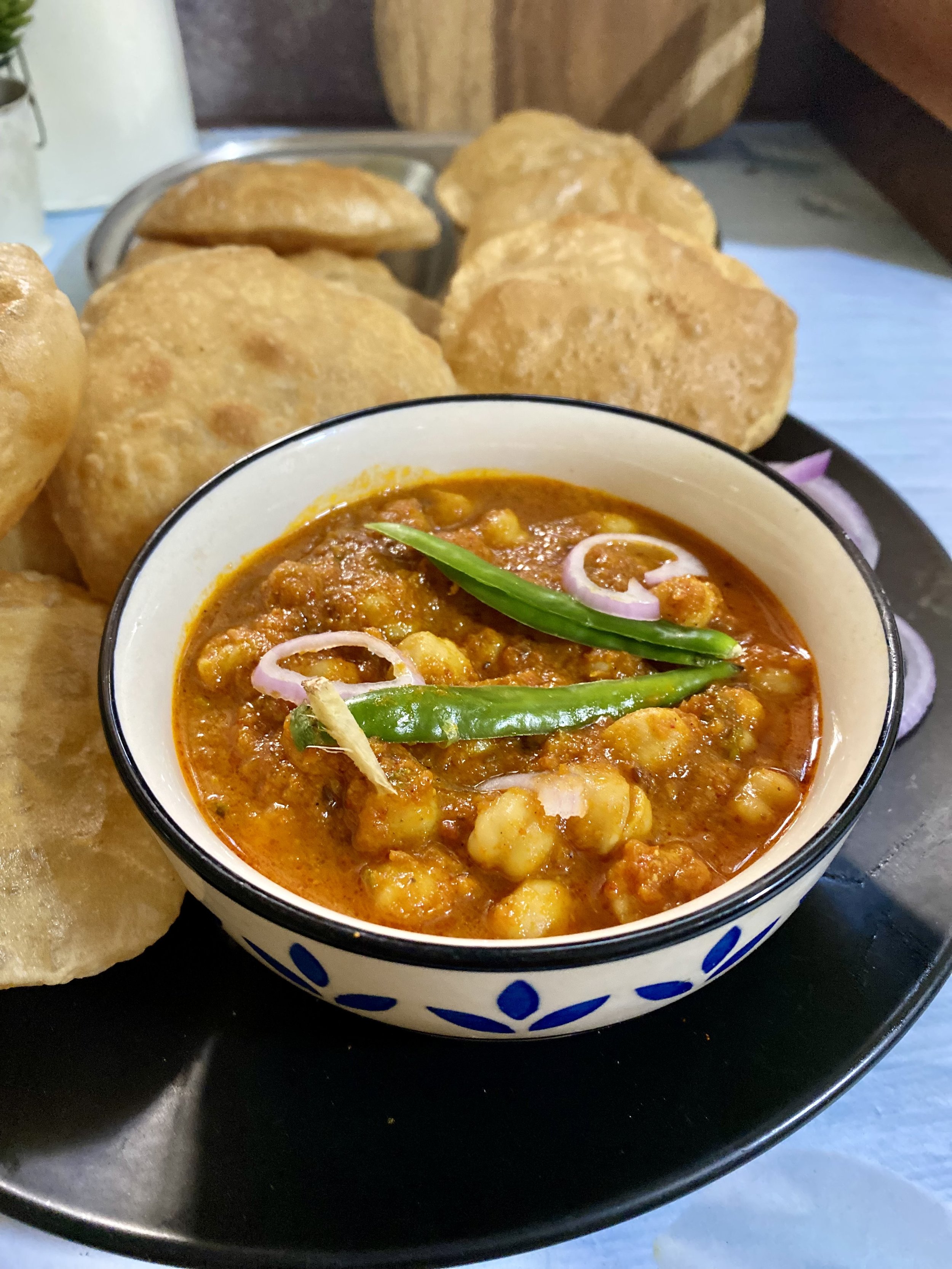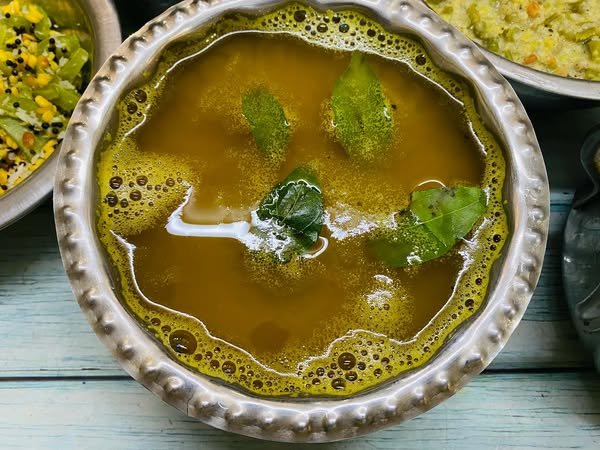Kodo millet as rice substitute
Kodo millet as rice substitute
This was from my experiences in 2013, yes i started experimenting with milets way back in 2012 when they were not so much known as it is now, they were considered as villagers or farmers food . it is a different scenario now .
year 2013
I am super excited to find the amazing possibilities of using this wonder grain Kodo millets in everyday recipes.
Just a simple switch from rice to millets without altering taste or texture and added benefits of the power packed millets . The Millet nutrition details have already been discussed at length in my previous posts using millet recipes.
Very often most medical practitioners advise patients to avoid or reduce the consumption of rice to those whose main diet consist of rice on account of the higher glycemic index.
As a result there seems to be a huge wave of finding exciting alternatives, surprisingly nothing new it seems as they were already known to our elders who were consuming these millets in various forms but largely as porridge.
I decided to go a step further like many others to hunt the possibilities of using this as a simple replacement for rice and still continue to enjoy the dishes in its original form. So we rolled out some recipes for Millet dosas, Millet Idlis, Millet upma, Millet Pongal.
Having found it good, I decided to simply pressure cook millets for everyday meal to consume with Rasam, Sambar and Yogurt , the three basic eating habits of the typical South Indian.
Depending on the quantity of millets needed , i decide on pressure cooking or open pan cooking . before we proceed ahead a quick note on rice vs millets
Millets and rice are both sources of carbohydrates, but they have some differences in terms of nutritional content, including carbohydrate composition. Here's a general comparison:
1. Carbohydrate Content:
Rice: Rice is primarily composed of carbohydrates, mainly in the form of starch. The exact carbohydrate content can vary depending on the type of rice (white, brown, wild, etc.), but it typically ranges from 20-30 grams of carbohydrates per 100 grams.
Millets: Millets, such as foxtail millet, pearl millet, and sorghum, also contain carbohydrates but may have a lower glycemic index compared to rice. The carbohydrate content varies among different types of millets but generally falls within the range of 60-70 grams of carbohydrates per 100 grams.
2. Glycemic Index:
Rice: White rice tends to have a higher glycemic index, causing a quicker spike in blood sugar levels. Brown rice, which contains more fiber, has a lower glycemic index compared to white rice.
Millets: Millets generally have a lower glycemic index compared to rice. This means they have a slower impact on blood sugar levels, which can be beneficial for those looking to manage blood sugar levels.
3. Fiber Content:
Rice: Brown rice contains more fiber than white rice. Fiber helps in slowing down the digestion and absorption of carbohydrates, contributing to better blood sugar control.
Millets: Millets are often rich in fiber, which can vary depending on the specific type. The fiber content in millets contributes to their lower glycemic index and potential health benefits.
4. Nutrient Profile:
Rice: Brown rice retains more nutrients than white rice, including fiber, vitamins, and minerals.
Millets: Millets are known for being nutrient-dense, providing various vitamins and minerals along with carbohydrates.
5. Gluten-Free:
Rice: Rice is naturally gluten-free, making it suitable for those with gluten sensitivities.
Millets: Most millets are also gluten-free, offering an alternative grain option for individuals with gluten intolerance.
Conclusion:
The choice between millets and rice depends on individual dietary preferences, health goals, and any specific nutritional requirements. Millets can be a nutritious alternative to rice, especially for those looking for gluten-free options or aiming to manage blood sugar levels. However, it's essential to consider overall dietary balance and variety for a well-rounded nutrition intake.
Ingredients:
2 cups kodo millets/ Varagu arisi
3 1/2 cups water
Method:
Just as we normally cook rice in pressure cooker, the same procedure to be adopted.
Clean and wash the millets well , some varieties need many times washing with clean water as millets are dusty , but if you have bought good organic store product , you may get good millets free from dust and particle .
measure 3 1/2 cups of water , add it to the millets and pressure cook for upto 3 whistles only or even 2.
The reason being , the millet grain is smaller and cooks easily, open stove cooking may also be tried but we are used to the pressure cooking method. I have sucessfully tried the open pan method and i have made many dishes like pongal, sakkarai pongal, kesari etc with this millet .
Let it cool , fluff it with a fork and yuo will get perfectly cooked almost rice like texture of millets.
You can mix this with rasam , Sambar or Yogurt as we normally do with regular white rice.
Kodo millet rice
Benefits of millets
Millets in general are beneficial to all .
Millets are best food to dibetic pationts.
All millets contains rich in fibre glucose will not mix quickly in the blood streem.
Millets are rich in protein when compared with sereals.
Millets are rich in minarals. ...
Rich in antioxidants.
Rich in vitamins.
Health benefits include:
Millet is rich in phenolic compounds, especially ferulic acid and catechins. Ferulic acid is a free radical scavenger, is antioxidant that inhibits melanogenesis, enhances angiogenesis, and accelerates wound healing.
The polyphenols and dietary fiber of finger millet show antimutagenic, anti glycemic, and antioxidative properties. This helps to control blood sugar levels.
They are gluten-free and are advised for people with celiac disease.
Before consuming millet it is advised to soak it overnight. This reduces its antinutrient content. It is available in both grain and flour form, which can be used in various dishes.
Less calorie count:
When trying to lose weight milets are viable a choice to a healthy weight reduction, as their calorie count is very low. Even for the people who are calorie conscious and trying to eat in a manner, that will help them maintain their energy levels throughout the day without constantly feeling famished.
Improves immunity:
Weaker immunity can and will be fatal. The weaker the immune system, the more you are inclined towards experiencing health issues time and again. This is due to the serious deficit of protein in the system. Adding millets to your diet on a regular basis will help your body gain back all the protein, that your system was short on.
Satiates Hunger:
Many carbohydrates such as rice and wheat are easy to breakdown once consumed, leaving a person hungry within few hours of their meal. This makes people resort to unhealthy eateries to satiate their hunger. Millets have harder structures and does not breakdown easily in the digestive system, keeping you far enough away from unhealthy eating habits.
Reduces Sugar-levels :
Due to its low glycemic index, millets are an ideal food to consume to preempt diabetes from ever occurring in non-diabetic people. It especially aids in keeping type-2 diabetes under control.
Aids heart problems:
Millets contain essential fats, just the right amount to give our body natural fat. This helps prevent excess fat from depositing over muscles which and avoid high cholesterol, heart strokes, and other heart related disease. Millets are the immediate best alternatives to replace with their unhealthy peers, reducing the risk of cardiovascular diseases by a good measure.
Millet are the only grains that contain all the vital nutrients. From proteins to minerals to vitamins, millets have it all. Millets helps you switch to a lifestyle that’s healthy and long lasting.
Benefits of Kodo millets
Kodo millets is Known as Varagu in Tamil, Haraka in Kannada, Kodra in Hindi, Arikelu in Telugu, kodo millets are storehouse of nutrients.
Low glycemic index – Which means that Kodo millets release glucose/energy slowly, over a longer period of time and thus helps in sugar control. This makes it a great substitute for polished white rice
Gluten-free – Great for people with gluten intolerance or celiac disease.
Easy to digest
Rich in antioxidants like polyphenols
Rich in dietary fiber.
Good source of vitamins – Vitamin B6, Niacin, folic acid and minerals such as calcium, iron, magnesium and zinc
Regular consumption of Kodo millet is very beneficial for postmenopausal women suffering from signs of cardiovascular diseases like high blood pressure and high-cholesterol levels
In one study, people with type 2 diabetes who ate a special diet with added foxtail millet lowered their blood sugar, insulin, cholesterol, and triglyceride levels. Another study found that switching from rice to foxtail millet at breakfast led to lower blood sugar levels after the meal.
List of Traditional Millets and its Health Benefits
Pearl Millet: Good for Insomnia. ...
Kodo Millet: Good for Diabetics. ...
Foxtail Millet: Good for Thyroid. ...
Sorghum: Improves Digestive Health and Prevents Cancer. ...
Barnyard Millet: Good for Weight Loss. ...
Little Millet: An Indispensable Good Fat. ...
Proso Millet: Balance Blood Sugar.
Here Are 7 Kinds Of Millets, Health Benefits And Uses Shared By FSSAI:
Pearl Millet aka Bajra. Bajra (or Pearl Millet) is a popular grain in North-West India, including Rajasthan and Haryana. ...Pearl millet helps reduce cholesterol and promotes heart health.
Finger Millet aka Ragi
Finger millet will enrich you with multiple macronutrients and micronutrients such as Vitamin B3, folate and calcium.
Amaranth
Also known as Ramdana, Amaranth is a protein-rich grain recommended by experts. It can be used in a number of recipes to boost immunity and decrease cholesterol.
Buckwheat Millet aka Kuttu
A popular grain during Navratri, Kuttu is known to help manage blood pressure and aid weight loss too. From Puris to Cheelas, there is no end to the recipes you can make with Buckwheat.
Barnyard Millet
Locally known as Sanwa, this millet is a gluten-free source of both insoluble and soluble fibres. To include it in the diet, you can make porridge, Khichdi and even Pulao!
Foxtail Millet
The Foxtail millet, also known as Kangni, is a grain well-known for promoting good cardiac health and maintaining good hair and skin. It can be used in Dosas, cheelas and more.
7. Kodo Millet
Rich in fibre and iron, the Kodo millet grain helps prevent constipation and control blood sugar. The humble grain can be used to make Chapatis, Idli etc.Kodo Millet can be used in making idli, cheela, khichdi and other dishes.
Note :
Top 6 health benefits of kodo millets
Low glycemic index – Which means that Kodo millets release glucose/energy slowly, over a longer period of time and thus helps in sugar control. ...
Gluten-free – Great for people with gluten intolerance or celiac disease.
Easy to digest.
Rich in antioxidants like polyphenols.
Being naturally rich in fiber, millets also help to reduce problems like constipation, flatulence, bloating and stomach cramping. Millets are a good source of magnesium which is known to be promoting heart health. It helps to reduce blood pressure.
Avoid consuming these millets if you are having constipation as it may aggravate the problem. Make sure to clean it thoroughly to do away with pollutants, if any. Always soak Kodo millets for a minimum of 2 to 3 hours, before cooking for better absorption of nutrients and digestion.
Kodo millets increase insulin sensitivity for people suffering with diabetes and also help to control the sugar levels for non-diabetics. With a plethora of health benefits to offer like minimized risk of diabetes and cardiovascular diseases, it is certainly food for diabetics.
In one study, people with type 2 diabetes who ate a special diet with added foxtail millet lowered their blood sugar, insulin, cholesterol, and triglyceride levels. Another study found that switching from rice to foxtail millet at breakfast led to lower blood sugar levels after the meal.
Foxtail millets (Korralu), Browntop Millets (Andu korralu), Little millets (Samalu), Kodo millets (Arikalu) and Barnyard millets (Oodalu) are the 5 Siridhanyaalu (Millets)


